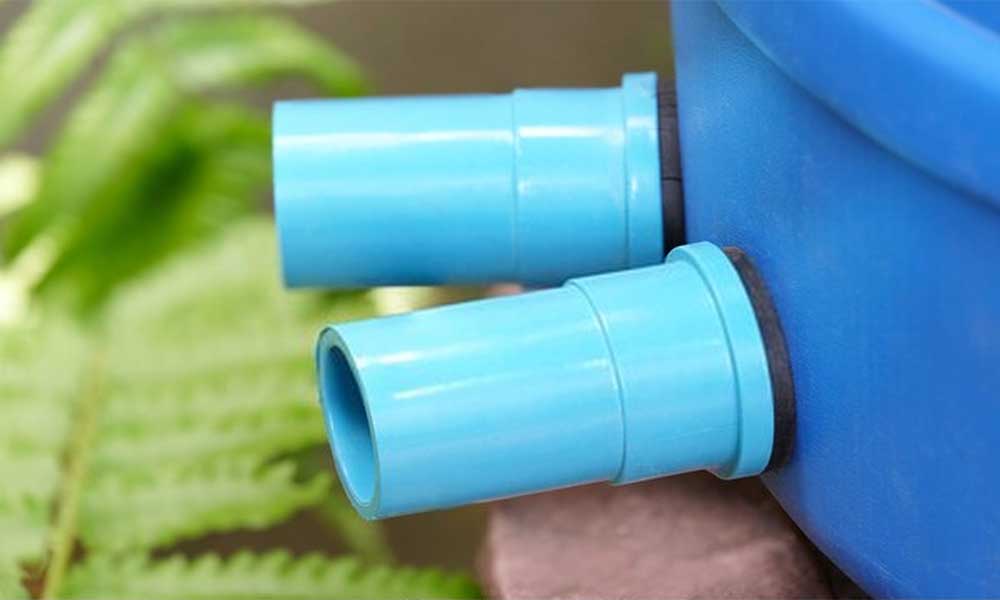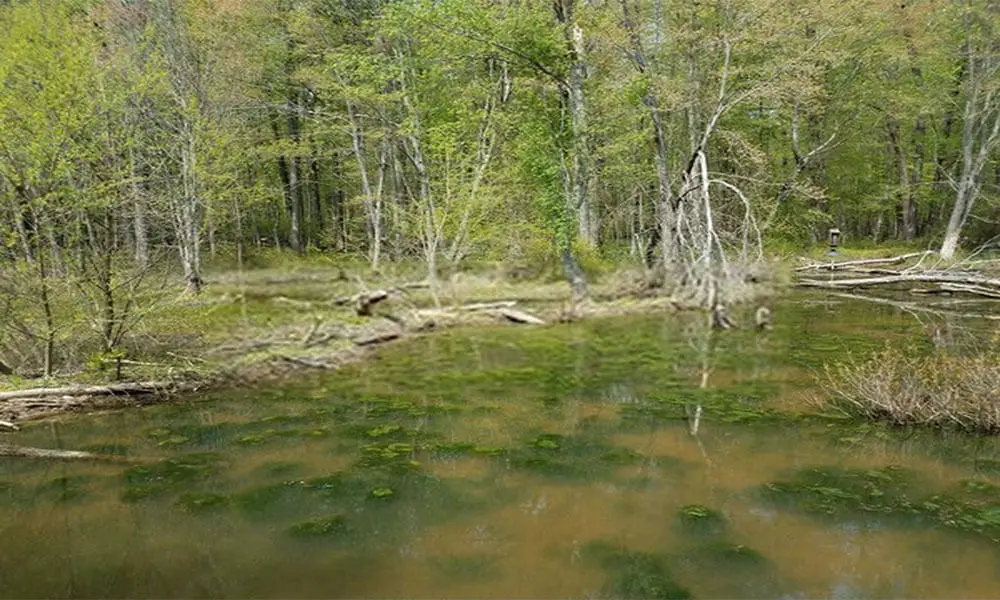Products recommended in this post contain affiliate links. If you buy something through our posts, we may receive a commission at no extra charge to you. See our full disclosures here.
Now that your pond is ready to go, your water is stable, and the pump is running, what do you do next? You start planting plants and adding fish.
But, before you start stocking your pond with live fish, you’ll want to spend time mapping out the species that you want to include. Some species are non-aggressive, while others are only aggressive to specific species in the pond.
You will also want to think about the climate that you live in and how it is going to affect the fish as the weather changes.
For instance, warmer climates may maintain a decent water temperature year-round, but some fish thrive in colder waters and may suffocate in hotter temperatures.
On the other side of that are fish that cannot be in colder climates, at all. If the water temperature drops too low, they can become sick or die.
That means you’ll need to be prepared to bring them indoors once the temperatures begin to drop. Using a water heater during the colder months is an option, but it is also an added expense that you will need to account for before you start stocking your pond.What Are The Best Fish For Ponds?
With each species of fish requiring different elements to thrive, we have done quite a bit of the research for you. Below is a list of the top 15 best fish for freshwater and backyard ponds.
Common Goldfish
Fancy Goldfish
Koi Carp
Golden Orfe
Pond Sturgeon
Plecostomus
Siamese Algae Eater
Weather Loach
Mollies and Guppies
Red Shiners
High-Fin Banned Sharks
Pumpkinseeds
Grass Carp
Fathead minnows
Golden Rudds
Common Goldfish were initially domesticated from Asian Carp in China more than 1,000 years ago. They vary somewhat in color and size, depending on the species you choose.
Some of these may grow to be a few inches in size while others can grow up to a foot in length.
That means you need to choose the species of Goldfish that best fits into the size of your pond.
Goldfish, in general, are a relatively non-aggressive species and will get along with just about any other species you put into your pond. However, that does not mean that the different species you choose will always get along with the Goldfish.
Some more aggressive species, such as Orfes, are known to feed on smaller Goldfish.
Goldfish thrive in waters ranging from 68 degrees to 72 degrees with pH levels in the 7.2 to 7.6 range.
[amazon box = "B07BVXQBBD,B07C82H4TD" template = "horizontal" filter="available"]
Fancy Goldfish are different from Common Goldfish because they are, generally, a slower-moving species. Where Common Goldfish can quickly move to get out of the way, a Fancy Goldfish prefers to take things slowly.
That means Fancy Goldfish and Common Goldfish typically shouldn’t be kept together. It may stress them out. This also goes with other fish that can quickly move and take all the food that your Fancy Goldfish may feed on.
Fancy Goldfish come in a wide variety of colors and appearances. They add a unique flair to most ponds. Depending on the subspecies of Fancy Goldfish you stock, your pond’s requirements may vary.
For instance, Fancies require temperatures in the 68 degrees to 74-degree range. Fantails, on the other hand, can thrive in temperatures ranging from 70 degrees to 80 degrees. Then, you have Lionheads that can survive in temperatures as low as 65 degrees.[amazon box = "B07CB1SLXY,B07HGL7TWQ" template = "horizontal" filter="available"]
Koi Carp are one of the most common species of pond fish you’re going to see. They typically grow to a maximum of one to three feet, depending on the type of Koi you stock. Right now, there are more than 100 different subspecies of Koi available.
Koi are a relatively hardy species and can withstand a wide range of temperature shifts, as long as the variations aren’t happening rapidly. Rapid temperature changes can cause stress and sickness in just about any species of fish, and Koi are no different.
Koi thrive in temperatures between 59 degrees to 77 degrees which makes them great for outdoor ponds in a wide variety of climates. You will need to keep your pH levels between 7.5 to 8.0 to keep them happy and healthy.
Larger ponds are also recommended because Koi can grow more substantial than most other species on our list.
[amazon box = "B07B9S9SSJ,B07B9RZL8Q,B07NDM8DCV" template = "horizontal" filter="available"]
Golden Orfes, or Ides, can grow upwards of 18 inches in length. That means you will need a larger pond. Most Orfes are best kept in ponds that are at least 1,000 gallons in size and more than 3 feet deep as an average depth.
In general, Golden Orfes is a more difficult species to keep and care for. They are not as tolerant of temperature changes as Koi, and when your pH level gets out of an ideal range, your Orfes will show the effects.
For temperature ranges, a Golden Orfe is incredibly hardy. They can sustain life in water temperatures as low as freezing and as high as 90 degrees. However, they thrive when water ranges between 50 degrees to 77 degrees and a pH level between 7.0 and 8.0.
A big, bold, beautiful species, the Pond Sturgeon is one of the largest on our list. They can grow upwards of 3 feet in length, with some species growing up to 30 feet in length, or more!
That means you need to pay close attention to the subspecies you’re adding to the pond to avoid having them completely take over.
Sturgeons are also one of the hardiest species we’ve featured. They were living with the dinosaurs more than 250 million years ago!
While their preferred temperatures range between the subspecies, a healthy Sturgeon can withstand freezing temperatures up to 70 degrees.
Most Sturgeon species prefer darkness so you will need to give them plenty of places to hide and shelves to tuck under. This also means that your pond will need to be deep.
However, if you have a larger 5,000 to 10,000-gallon pond and want a dinosaur in your habitat, the Sturgeon makes an incredibly durable fish to keep.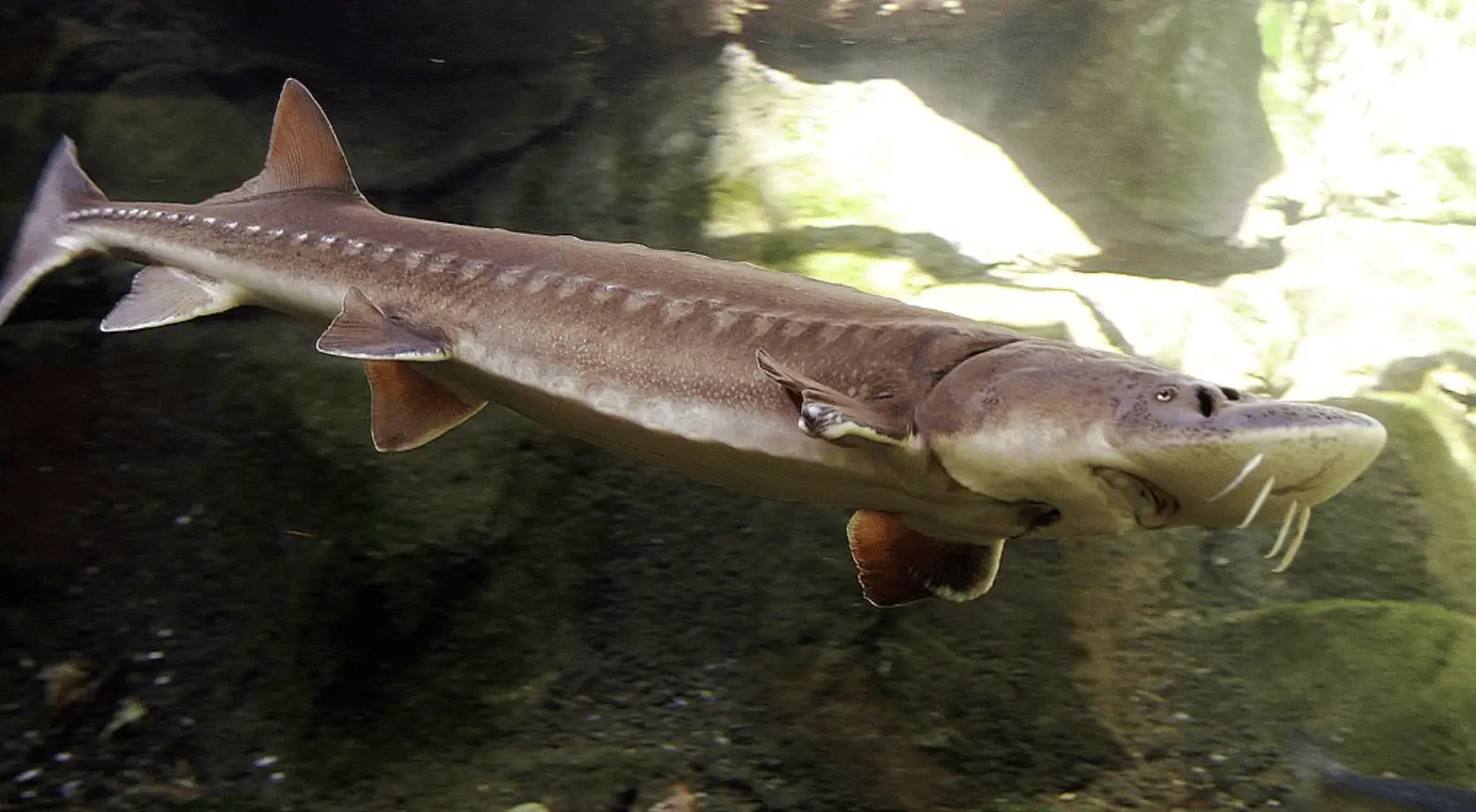
Plecostomus, or Plecos, are most commonly associated with indoor freshwater tanks. They are known as the “algae eaters” for tank keepers.
Plecos are a reasonably docile species, easily getting along with just about anything else you can add to your pond. They prefer temperatures ranging from 72 degrees to 86 degrees and can grow between 1 to 2 feet in length. Smaller, Bristlecone Plecos, stay around 4 inches in total length.
One area of concern for outdoor Plecos is that they aren’t as tolerant of colder temperatures as other species. Coming from South America, if your water temperature drops below 50 degrees, you will need to use a heater or bring the Plecos indoors.[amazon box = "B07HWPCCDT,B073MYWKWL" template = "horizontal" filter="available"]
Siamese Algae Eater, like their Pleco cousins, is great at keeping algae blooms to a minimum.
They are a lively species, able to fend for themselves. However, they shouldn’t be kept with more docile, slow-moving species like Fancy Goldfish. Fast-moving species like the Siamese Algae Eater will cause stress to slower-moving species like Fancies.
A healthy Siamese Algae Eater will grow to around 6 inches in length and prefers water temperatures in the 70 degrees to 79-degree range. If temperatures get below this range, you will need to consider using a heater or bringing them indoors.
The Weather Loach, or Pond Loaches as they’re commonly referred to, are one of the best species to keep if your water temperatures vary wildly throughout the year.
Healthy Loaches can withstand temperatures as low as 40 degrees and as high as 80 degrees.
That means you can keep them in your pond year-round as long as you are paying attention to freezing temperatures during the night.
Loaches are incredibly social, so you will want to stock them with other Loaches to keep them happy and healthy. Growing up to 12 inches in length, Loaches will eat just about anything you put in front of them.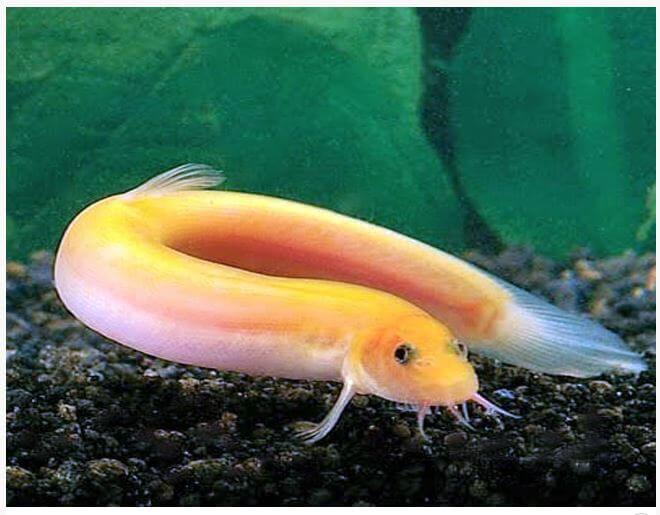
Most people don’t think of Mollies or Guppies as outdoor pond fish, but many pond keepers realize how hardy they can be in the right climates.
Both Mollies and Guppies thrive in water in the 75-degree range, but Guppies can handle water temperatures as low as 50 degrees.
One thing to note with both species is that they love to breed. You can come out one day and find out you have hundreds of their fry swimming around. That means you’ll either need to catch them and bring them indoors or risk letting them get eaten by everything else.
Pond frogs and turtles love feeding on Mollie and Guppy fry so you may not necessarily want to remove them, either![amazon box = "B01EQC1E0C,B0732GFR9P,B079TKQ5LK" template = "horizontal" filter="available"]
Red Shiners are a species of North American freshwater fish that stays relatively small. The red body and silver belly help them stand out. They stay relatively low compared to other species, growing to a maximum of 3 to 4 inches in size.
If you have a cold water pond or temperatures in your climate drop to freezing, Red Shiners are a great species to keep. Though they prefer water temperatures between 59 degrees and 77 degrees, they can easily handle freezing temperatures and bounce back once the waters warm up again.
Before you buy Red Shiners, though, you’ll need to check with your local municipalities. These are known as an invasive species in many parts of the world so there may be laws and regulations against you keeping them in your pond.
The High-Fin Banded Shark is a uniquely visual species. They are sometimes referred to as the Batfish because of the dark appearance that makes them resemble a Bat.
Banded Sharks are incredibly docile, even given their name. They are compatible with most other species of fish, ranging from Kois to Guppies, Mollies, Plecos, and Carp.
If you want to keep Banded Sharks, you’ll want to add multiples to your pond. They are best kept in smaller schools of 3 fish at a time. They prefer living in colder waters with plenty of places for them to hide in and under.
As long as you keep your water temperatures heated during the winter months, you do not have to worry about bringing these Sharks inside. They can withstand temperatures between 55 degrees to 77 degrees.
In the right environment, these fish can grow upwards of 4 feet in length, so keep that in mind!
Pumpkinseeds or Sunfish are they’re commonly referred to, are a unique species for many pond owners.
They have a bright pattern that reflects sunlight and colors that you can get lost in. Pumpkinseeds are native to North America and considered an invasive species in many European countries.
That means you never want to release the species into your native waters if you are located outside of the United States.
Healthy Pumpkinseeds can grow between 3 inches to 8 inches in length and remain incredibly active throughout their entire lives. They prefer to live in smaller schools of 3 to 5 fish and can tolerate a wide range of living conditions.
Their ideal water temperature is between 69 degrees and 75 degrees with a pH level of 7.0 to 7.5. As long as you keep your pond heated through the winter, Pumpkinseeds can live for decades.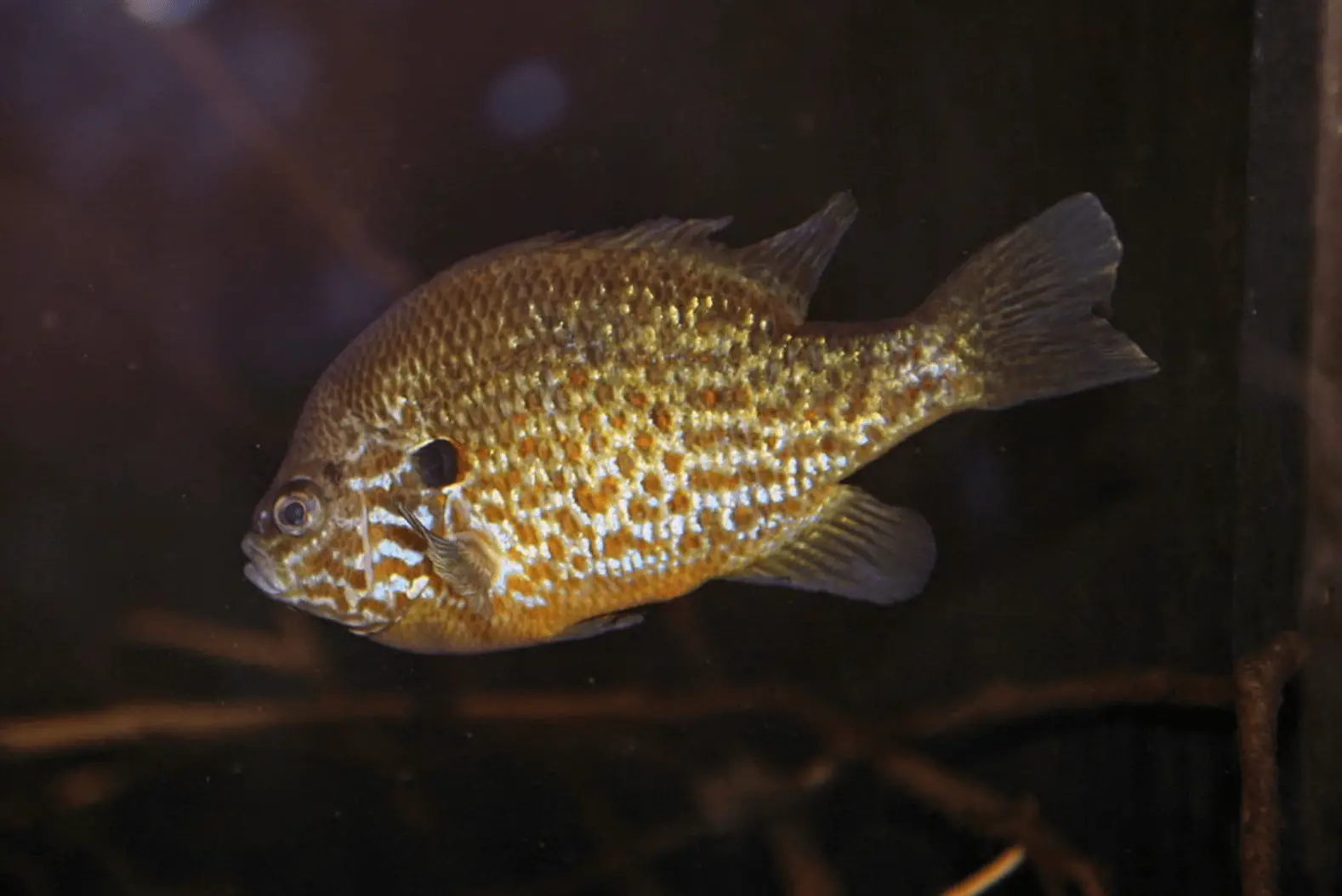
Grass Carp are another incredibly common species for pond keepers. They have a cigar-shaped body and feed on, as their name suggests, grass and plants. They also make an excellent algae eater.
One thing to take note of, if you are planning on keeping Grass Carp in your pond, is that they can be incredibly voracious feeders. They will completely decimate an ecosystem if you do not supplement the food they have available.
They are great for controlling weed growth. Grass Carp are most commonly kept in large ponds, over an acre in size, with anywhere from 5 to 12 fish per acre. They can live up to 20 years and make a great addition if you have a natural pond you want to stock.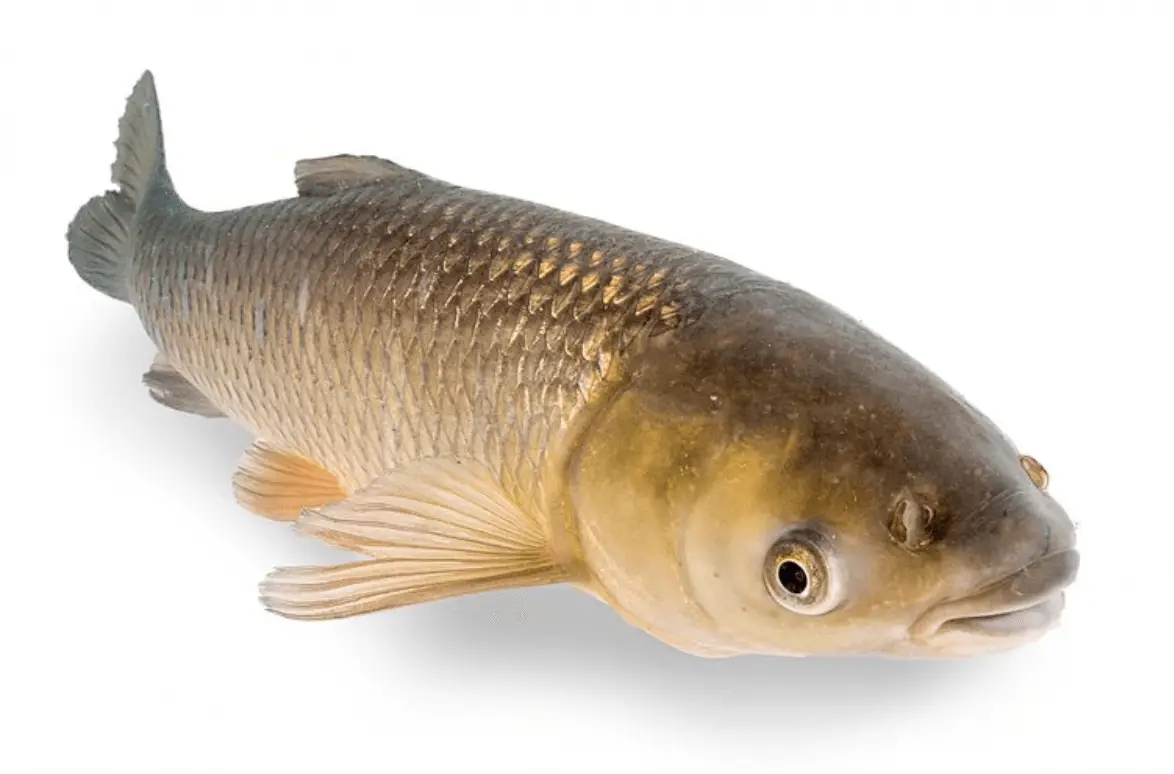
Fathead Minnows are a smaller species that many pond owners don’t always think of when it comes time to stock their pond. Fatheads can grow upwards of 3 inches in length and tend to live to be around two years old.
They enjoy a deeper pond. You’ll want to make sure you have at least 28 to 36 inches in depth if you plan to add them to your pond. You also want to make sure you have plenty of plants that they can easily hide in.
Fathead Minnows prefer larger schools where they can thrive with the same species. It’s not uncommon to stock 5 to 6 of these at a time, replacing them as they begin to die. If they are kept alone, they can stress and attempt to eat other smaller species in your pond.
They primarily thrive on insects and algae but will be just as happy with a diet consisting of supplemented vitamins and minerals. With Fathead Minnows you do need to maintain your water more consistently than you do with other species.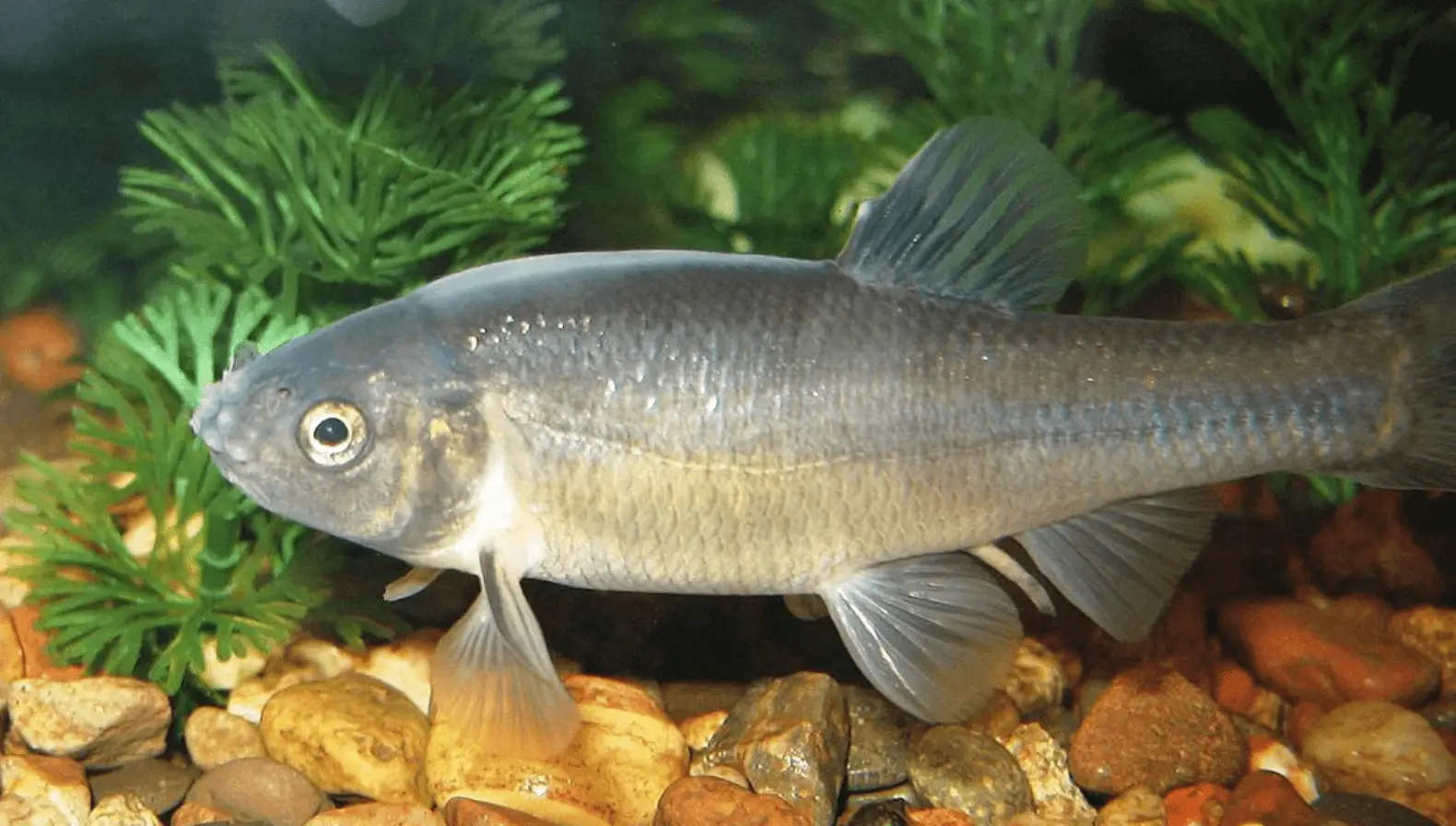
Golden Rudds, or Rosette Pond Fish as they’re referred to in some circles, is a unique silver and gold-colored fish. Rudds can grow upwards of 15 inches in length if your pond is large enough to sustain them.
Rudds are a relatively hardy species, able to withstand imbalanced water conditions but you do want to give them the best chance to survive. They typically do not get sick unless you have mold or algae problems that they cannot tolerate.
If you plan on keeping Rudds in your pond, you will want to give them a deeper area to congregate. Rudds prefer being between 28 to 36 inches deep so they can hibernate. You also want to make sure there is adequate flow for them.
Rudds prefer being kept in larger schools of fish, ranging from 8 to 15 in size. Their diet primarily consists of bugs and insects, but you want to make sure you are supplementing their natural diet with artificial food.
Treat them right, and your Rudds can live to be up to 20 years old.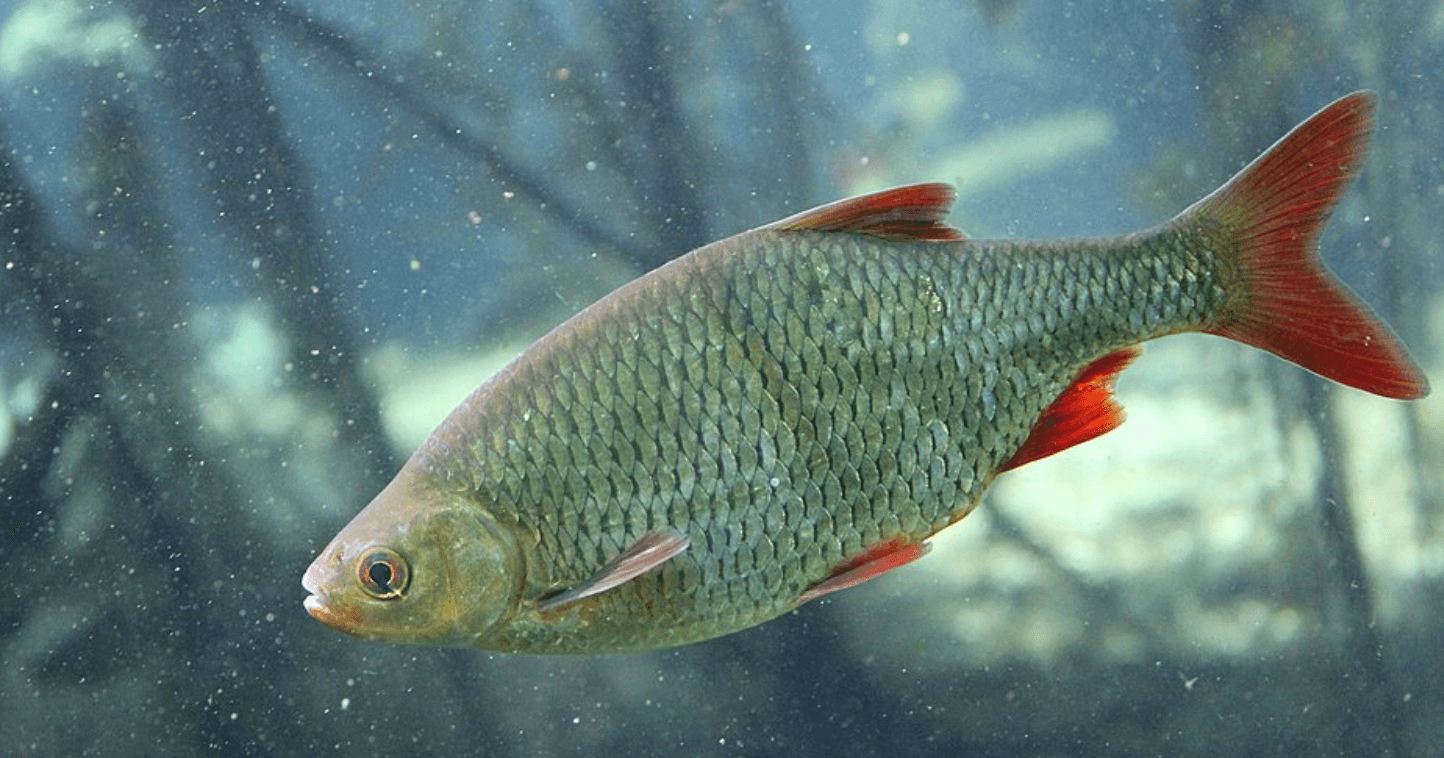
What Are The Best Pond Fish For You?
After looking through a few dozen different species, we tend to agree with a majority of pond keepers around the world. Koi are among the most popular species to keep for a reason.
If you have a larger pond, Goldfish, Carp, and Sunfish all do well together. For smaller ponds, Guppies, Mollies, High-Fin Banded Sharks, and Fathead Minnows all play well together.
Pay attention to the pH levels that the fish prefer, as well as the water temperatures they thrive in and then begin adding species that fall into the range of your pond.
If needed, consider adding a heater for the winter months and keep your water heavily oxygenated during the warmer months.
Then, choosing the best pond fish for your pond comes down to personal taste!Top Editor's Choice on Pond Fish
[amazon bestseller="Pond Fish" filterby="price" filter="30" filter_compare="more" filter="available" orderby="percentage_saved" order="desc" template="list" items="10" tracking_id="tnk0c-aawp-cro-b-20"]Subscribe to our Newsletter!
Join our mailing list to receive the latest tips and news of our blog.


